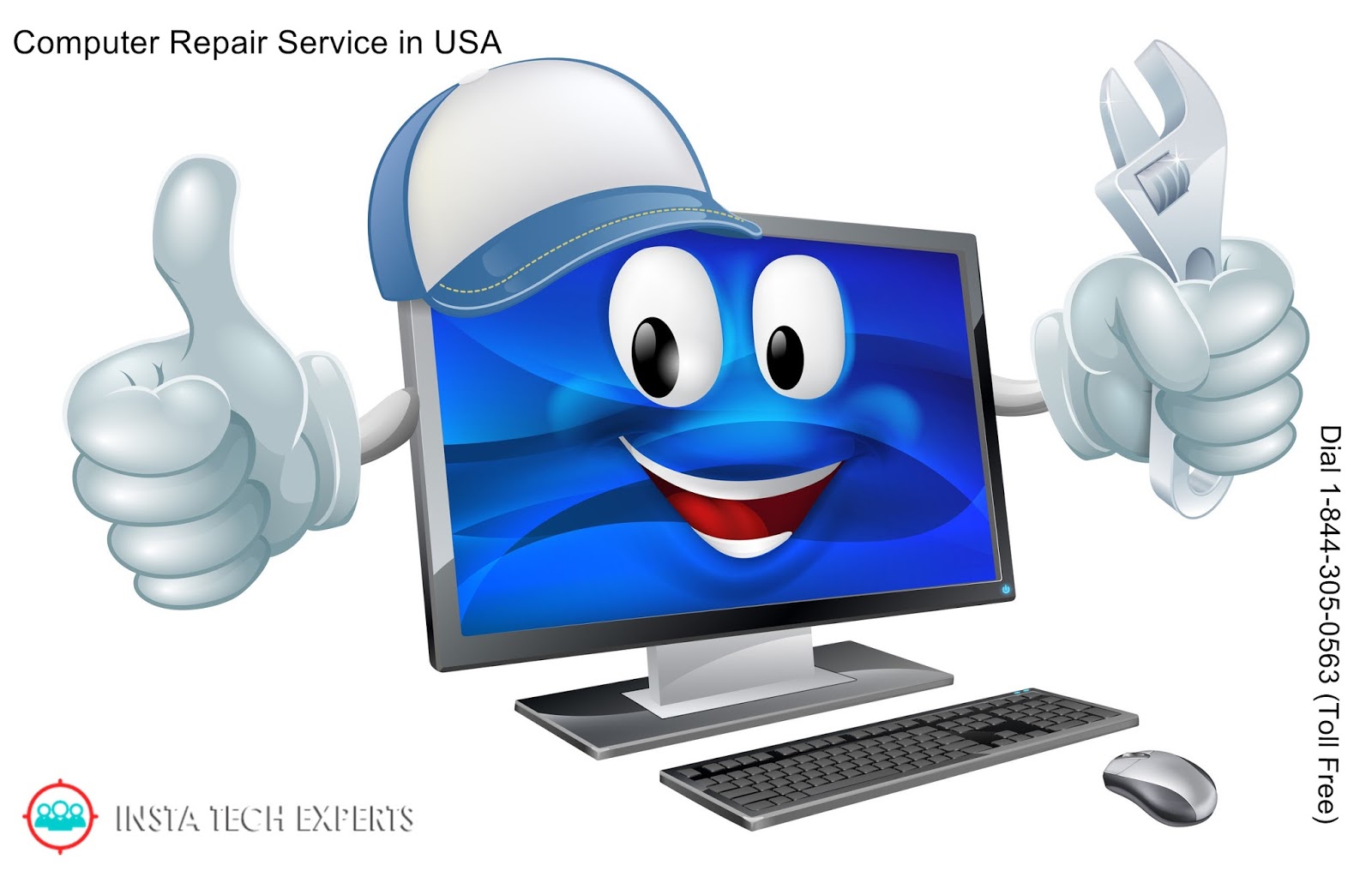In today’s fast-paced and technology-driven world, it can be incredibly frustrating when our beloved computer or laptop encounters issues. Whether it’s a slow performance, a mysterious error message, or an unresponsive screen, computer problems can put a serious damper on our productivity and sanity. But fear not! In this article, we’ll delve into the realm of computer repair and unveil some handy tips and tricks that will help revive your tech in no time.
As we rely on our computers and laptops for work, entertainment, and staying connected with loved ones, knowing how to troubleshoot common issues can save us from unnecessary stress and potentially expensive repair bills. From identifying the culprits behind slow performance to learning how to tackle hardware failures, we’ll cover a wide range of topics related to computer repair. So, whether you’re a novice or a seasoned tech enthusiast, we’ve got you covered!
So, if you’ve ever wondered what steps you can take to breathe new life into your sluggish computer or if you’re keen to learn how to navigate the intricacies of laptop repair, you’ve come to the right place. Get ready to equip yourself with the knowledge and skills necessary to conquer computer woes head-on. Time to unlock the secrets of computer repair and get back to a smooth and efficient tech experience!
Diagnosing Common Computer Problems

When it comes to computer issues, it’s often helpful to start with a thorough diagnosis. Understanding the root cause of the problem can save you time and frustration down the line. Here are some common computer problems and their potential causes:
-
Slow Performance: If your computer is running sluggishly, it could be due to various factors. Insufficient RAM, high CPU usage, or a fragmented hard drive can all contribute to slow performance. Try closing unnecessary programs, clearing temporary files, or running a disk cleanup utility to improve speed.
-
Startup Errors: If your computer is struggling to boot up properly, there may be an issue with the operating system or startup programs. Corrupted system files, incompatible software, or even a faulty hard drive can cause startup errors. Attempting a system restore, checking for disk errors, or disabling unnecessary startup programs can help resolve the issue.
-
Wireless Connection Problems: If you’re experiencing intermittent or no internet connection on your laptop, wireless network issues could be at play. The problem could stem from a weak signal, incorrect network settings, or outdated wireless drivers. Try restarting your router, ensuring the correct network credentials are entered, or updating your wireless drivers to troubleshoot the problem.
Remember, these are just a few examples of common computer problems and their potential causes. Proper diagnosis is crucial in order to apply the appropriate fixes. In the next sections, we will delve deeper into computer repair tips and specifically focus on laptop repair techniques. Stay tuned for more helpful information!
Essential Tools for Computer and Laptop Repair
When it comes to computer and laptop repair, having the right tools is essential for a successful outcome. Here are three must-have tools that every aspiring technician should have in their arsenal:
- 365pcfix
Screwdriver Set: A set of screwdrivers with various sizes and types of heads is indispensable for computer and laptop repair. Whether it’s removing the casing or accessing internal components, having the appropriate screwdriver will make your job much easier. Make sure to invest in a quality set that includes both Phillips and flathead screwdrivers.
-
Thermal Paste: Thermal paste plays a crucial role in maintaining proper temperature regulation for computer processors. Over time, the thermal paste can dry out or become ineffective, causing the CPU to overheat. Having a tube of thermal paste in your toolkit will allow you to replace the old paste and ensure optimal cooling performance.
-
Anti-Static Wrist Strap: Electronics are sensitive to static electricity, and a single static discharge can damage or even destroy delicate computer components. To prevent this, it’s essential to wear an anti-static wrist strap while working on computers and laptops. This strap safely grounds you, minimizing the risk of static discharge that could harm the sensitive electronics.
With these essential tools in hand, you’ll be well-equipped to tackle common computer and laptop repair tasks. So, let’s dive into the world of computer repair and discover even more useful tips to revive your tech!
Troubleshooting and Performing Basic Repairs
In this section, we will discuss some essential tips for troubleshooting and performing basic repairs on your computer or laptop. These techniques can help you identify and resolve common issues, allowing you to revive your tech without the need for professional assistance.
Firstly, if you encounter any software-related problems, such as freezing or slow performance, a simple yet effective step is to restart your computer. Restarting can often clear temporary glitches and restore normal functionality. Additionally, updating your operating system and installed software can provide critical bug fixes and security patches, preventing potential issues in the future.
Another common hardware-related problem is a malfunctioning keyboard or touchpad on a laptop. If you notice unresponsive keys or erratic cursor movements, try cleaning the area around these components. Dust and debris can interfere with their proper functioning. Gently wiping the surface with a clean cloth or using a can of compressed air can effectively remove any dirt and improve the overall performance.
Lastly, if you experience hardware failures, such as a non-responsive display or unusual noises coming from the system, it might be helpful to check the connections. Ensure that all cables, including power and display cables, are securely plugged into their respective ports. Sometimes, a loose connection can cause these issues. If the problem persists, you may need to consult a professional for further diagnosis and repair.
By following these troubleshooting and basic repair tips, you can tackle common computer and laptop problems and potentially save time and money. Remember to always exercise caution and consult professional help when necessary, especially for complex hardware repairs.